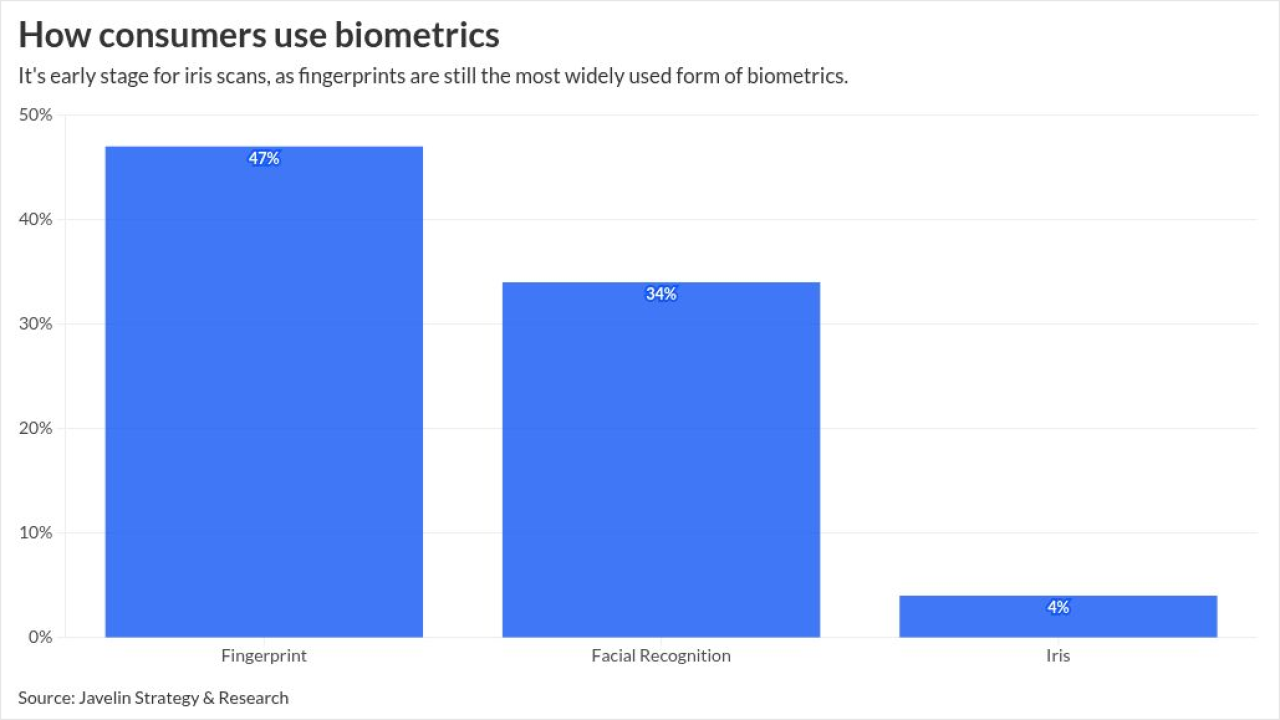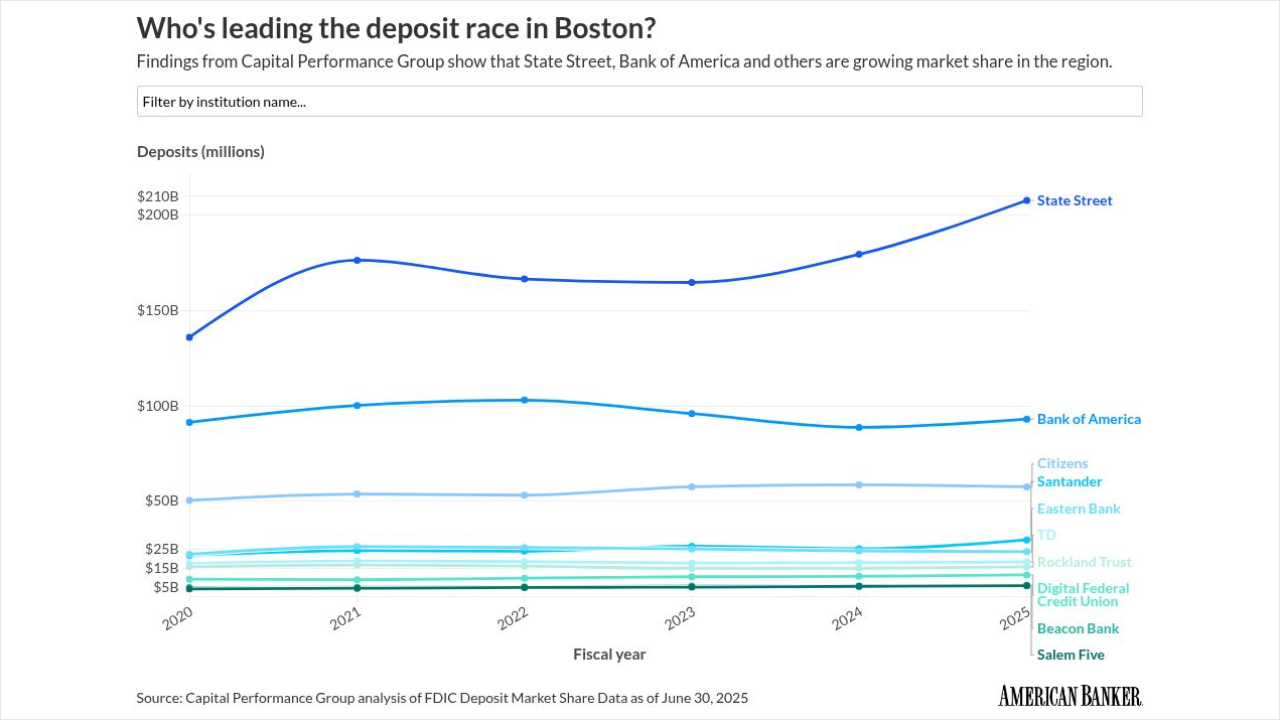Innovator: PNC
Recent Innovation: Upgrades to its Virtual Wallet online personal financial management software
Why It Matters: A distinctive online experience is vital
What's Next: More mobile applications
PNC debuted its Virtual Wallet way back in 2008 to great fanfare, but the bank has never rested on its laurels. The Virtual Wallet started as a three-in-one deposit account that allowed customers to manage money across a checking account and two savings accounts. "If they'd left it at that we wouldn't be talking about it today," says Nicole Sturgill, research director at TowerGroup. "The reason it's still innovative is they continue to add and refine features and continue to create a community. They've figured out how to have a relationship with the customer outside the branch. "I'm amazed no one has copied them."
With its "calendar" of spending, "danger days" feature to head off overdrafts, and "punch the pig" button to encourage savings, the Virtual Wallet was originally targeted at Gen Y users. But Mike Ley, vp of ebusiness and payments at PNC, says the bank hopes new functionality will resonate with other customers as well.
He cites a number of recent enhancements that expand the bank's use of new channels and services as part of the virtual wallet's attempt to broaden the ways in which it reaches customers. Hot developments such as mobile banking, personal financial management and social media have all become part of the mix during the past year.
Last summer, the bank allowed PNC customers to import data from their PNC credit cards. More recently, it's allowed joint account holders to get a detailed view of each other's spending in the Virtual Wallet account, a nod toward peer review sites and services that have become a popular component of online banking. The bank has also debuted mobile remote deposit capture, another new service that takes advantage of emerging smartphone technology that is proving popular with consumers. A customer can simply take a picture of a check with an iPhone and the deposit is made.
The virtual wallet's evolution is largely customer-driven, as the institution strives to make the product interactive and responsive to its users. All of the changes are discussed with customers via the bank's blog and Twitter account. Indeed, says Ley, that's where many ideas for new products originate and are partially vetted by the development team.
"We're out there listening," he says. "We're asking questions, responding to customers and getting feedback."
Going forward, the bank is looking seriously at offering a mobile application for the Android and perhaps other smart phones as these new devices increase their share of the mobile device market. Today it just offers one for the iPhone.
To illustrate how the bank puts choice into the hands of customers, consider the way PNC handled the tricky issue of eliminating some checking account perks-”which many banks are doing as debit card regulations change. Using a "Supercharge" button, customers can choose the classic Virtual Wallet: keep the perks of no monthly fee or minimum balance but give up debit rewards. Or customers can move to the Performance account, which allows them to keep the rewards if they maintain a minimum balance.
One criticism leveled at PNC by some is that customers can't aggregate data from non-PNC accounts in Virtual Wallet and thus they can't manage all their financial information in one place. But Ley says customers aren't pushing for aggregation and so neither is the bank. That probably makes perfect sense, says Sturgill. "If you have the primary checking account, you have most of what customers want to manage."
Edward Woods, principal at Mindful Insights, a research firm in Portland, OR, says PNC has "the most compelling bank interface I'm aware of for Gen Y and Z because they've changed how you interact with the bank."





